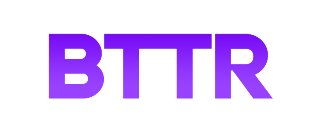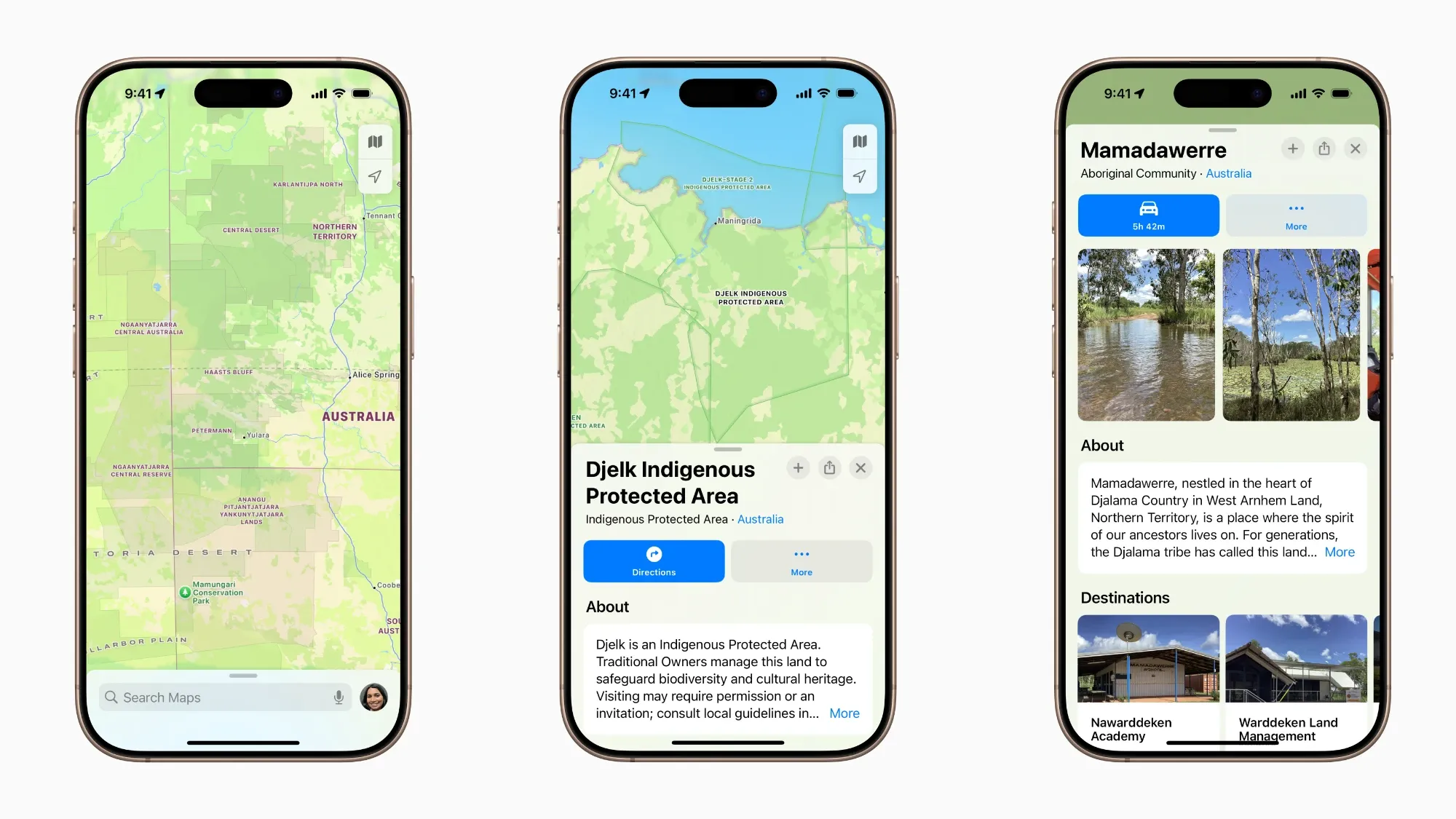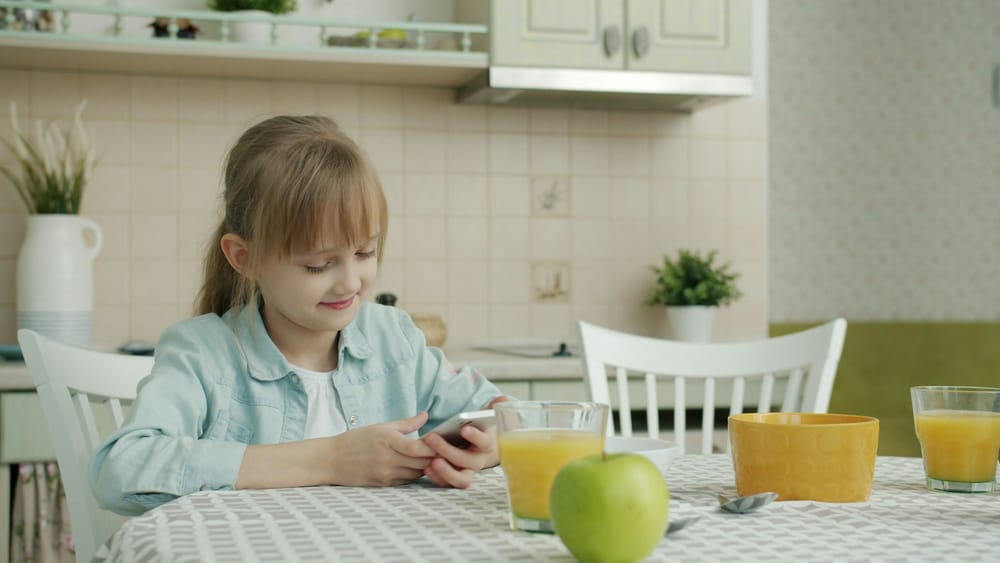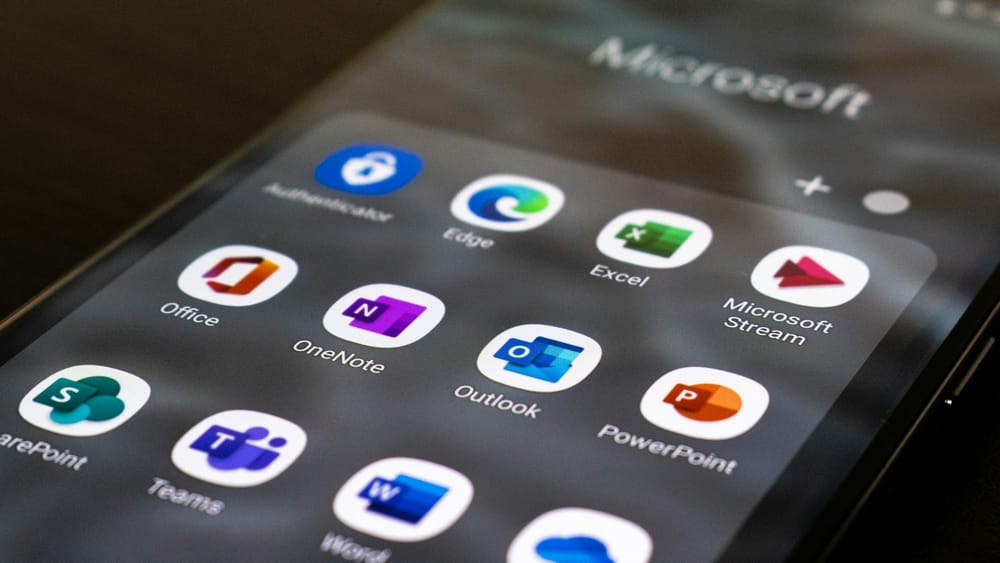Earlier this week I was invited to an Apple briefing without many details.
Normally when I do these things, it's about a shiny new product or service, and while Apple typically keeps things "hush, hush", you can usually guess what the briefing will be about.
But this week's briefing was a pleasant surprise. I went in with zero assumptions, and rather than focusing on a new piece of tech, Apple shared it was updating Apple Maps across Australia and New Zealand to include representation for Indigenous lands.
It may seem like a small thing, adding Indigenous place names and protected areas to mapping data.
But Apple approached this in an inclusive way, working with Indigenous groups like the Australian Institute of Aboriginal and Torres Strait Islander Studies (AIATSIS) as well as individual Aboriginal communities.
The goal here was to ensure that each community was able to have its voice heard in its representation. Local language holders, language centres, Aboriginal Land Trusts, and ranger groups all helped inform the updates in Apple Maps.
In New Zealand, Apple partnered with Indigenous cartographers and several iwi (Māori tribes) to develop detailed place cards and map icons as well.
It's early days, so not all Aboriginal communities have had the chance to be involved in the process. But Apple's initiative means that place cards for Indigenous lands feature information about the local area and Traditional Owners that are curated by those First Nations people.
This allows communities to add their own photos and points of interest on their land. They can also add descriptive text in their own language to help share their stories and showcase their culture.
“Sharing our story and deep connection to the land is a meaningful moment for our community — a testament to our resilience, history, and vision for the future.”
“This isn’t just about geography; it’s about preserving our culture and ensuring Mamadawerre’s legacy for generations. Through Apple, we have the rare privilege of sharing our heritage on a global stage, reminding the world that no matter how distant we may seem, our connection to the land, to each other, and to the world is universal.”
– Rodriguez Pindiying, a community member from Mamadawerre.
Importantly, this approach to working with communities, rather than just crowdsourcing the information, means that the rollout has been slow and methodical, yet more accurate and accepting.
A great example of that is the way Apple will track the many different spellings of place names across multiple Aboriginal languages.
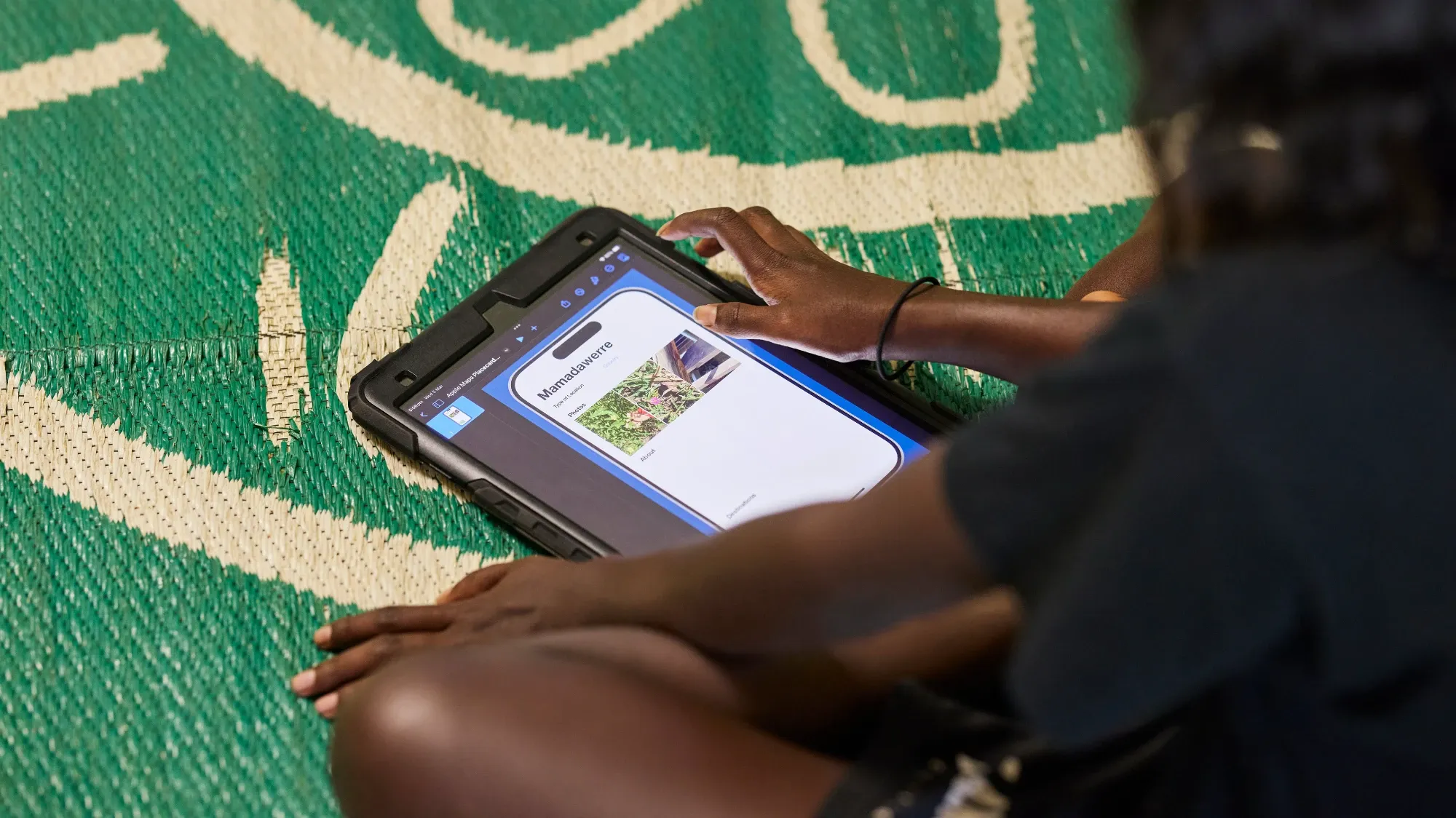
For the maps themselves, this means that many Indigenous communities will be displayed for the first time, particularly in remote parts of Australia.
Specific locations like reserves and Indigenous Protected Areas, Indigenous place names, Traditional Country, and dual-language labels will also appear across the entire map.
Apple was clear that this is the start of the journey. So as more First Nations communities get involved, and state governments adopt more traditional place names officially, Apple will work quickly to ensure that information is represented on its maps.
The update is also included in MapKit, so Indigenous lands will now show up in apps like Weather and Find My, as well as in third-party apps that use MapKit.
You don't need to do anything to receive the update – by the time you read this it should already be in place across Apple Maps globally.
It's a great initiative, and something I'm really happy to see from a global tech company, particularly in today's political climate.
🛒 Where to buy Apple
Available from these trusted retailers:
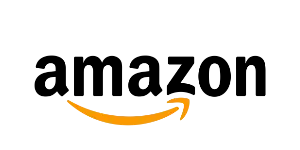
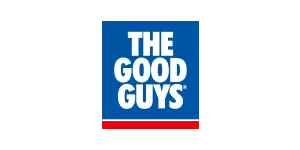
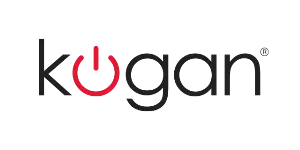
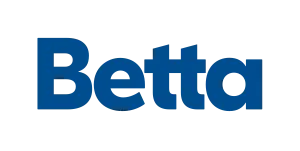




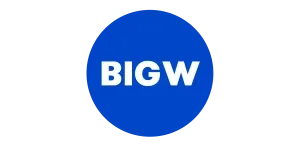



BTTR is independent, but we may earn money when you purchase through links on our site. This helps us cover costs and continue providing honest reviews. Find out why you should trust us.
Consider showing your support with a donation.
